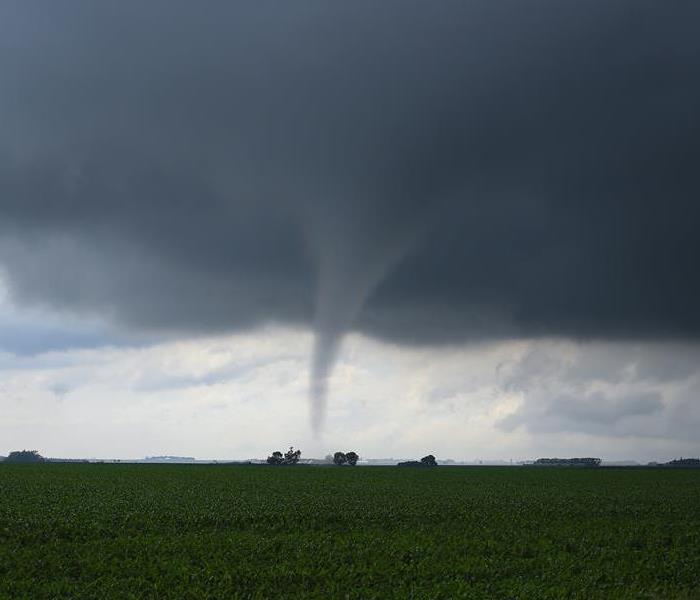Storm Damage Doesn't Always Involve Rain Flooding: Understanding Other Types of Storm-Related Hazards
6/15/2023 (Permalink)
 Being aware of storm damage that can occur after a natural disaster such as a tornado, high winds, or lightning strikes.
Being aware of storm damage that can occur after a natural disaster such as a tornado, high winds, or lightning strikes.
When we think of storm damage, our minds often envision torrential rain causing flooding and water damage. While this is indeed a significant concern during storms, it's important to recognize that storm damage can take many other forms as well. From high winds and falling trees to lightning strikes and hailstorms, storms can pose a range of hazards that can wreak havoc on properties. In this blog, we will explore the various types of storm damage beyond rain flooding, helping you better understand and prepare for the potential risks associated with severe weather.
High Winds
One of the most common and destructive aspects of storms is strong winds. These gusts can cause a wide range of damages, including:
- Roof Damage: High winds can lift and dislodge roof shingles, leading to leaks and structural vulnerabilities.
- Siding and Window Damage: Windborne debris can cause cracks, breaks, or even complete detachment of siding and windows.
- Falling Trees and Branches: Powerful winds can uproot trees or break branches, causing significant damage to buildings and surrounding structures.
Lightning Strikes
Lightning during storms can result in severe damage, including:
- Fire Hazards: Lightning strikes can cause fires, leading to devastating property damage.
- Electrical Surges: Power surges resulting from lightning strikes can damage electrical systems, appliances, and electronic devices.
- Hailstorms: Hail, a form of frozen precipitation, can cause substantial damage, such as:
- Roof Damage: Hailstones can puncture or dent roofs, leading to leaks and compromised structural integrity.
Exterior Damage
Siding, windows, and other exterior surfaces may suffer dents, cracks, or shattering due to hail impact after a storm. Vehicle damage from hailstorms can cause extensive damage to vehicles parked outdoors, including dented or shattered windshields and body panels.
Storm Surges
For properties located near coastal areas, storm surges pose a significant threat during hurricanes and tropical storms. These surges involve coastal flooding. In addition to rain flooding, storm surges can cause rapid and severe coastal flooding, leading to widespread property damage.
Tornadoes
In regions prone to tornadoes, these powerful vortexes can cause catastrophic damage, including complete destruction. Tornadoes can level buildings, leaving behind only debris. Tornadoes can cause structural damage and even weaker tornadoes can cause significant structural damage to roofs, walls, and foundations.
While rain flooding is often the primary concern during storms, it's crucial to be aware of the other types of storm damage that can occur. High winds, lightning strikes, hailstorms, storm surges, and tornadoes can all cause severe property damage and pose risks to occupants' safety. By understanding these different forms of storm damage, you can take appropriate measures to mitigate risks, such as reinforcing structures, securing outdoor items, and having emergency plans in place. Remember, comprehensive storm preparedness involves considering all potential hazards to ensure the safety and protection of your property and its occupants.



 24/7 Emergency Service
24/7 Emergency Service